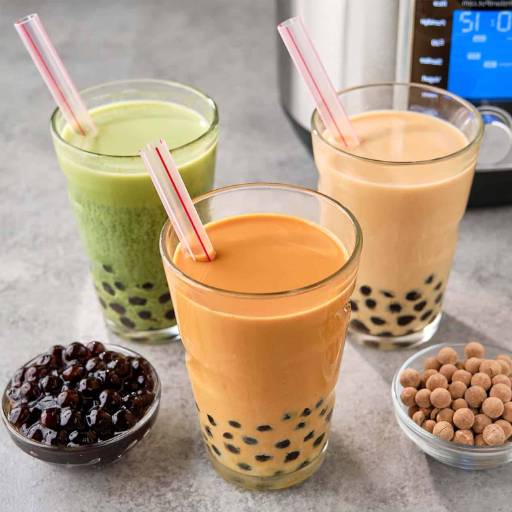
Currently, the beverage’s stardom knows no borders, with bubble tea shops sprouting up almost everywhere and boba’s sweet flavors attracting customers of all ages. Along with its joys, safety concerns are often brought up—most prominently focused on the possibility of boba choking hazards. This article aims to analyze the dangers of bubble tea, concentrating on the puzzling features of boba, vulnerable groups, and the best ways to prevent an incident of choking. Carefully looking at science and expert advice will allow us to formulate a competent analysis to inform the public on bubble tea’s vulnerability for all ages. For passionate bubble tea drinkers or anxious guardians, this article will assist in making safer decisions regarding the use of boba.
What Makes Bubble Tea a Potential Choking Hazard?

Primarily, the hazard of choking while consuming bubble tea stems from the add-ins' size, texture, and viscosity, such as tapioca pearls. Usually, tapioca pearls’ diameter is usually around 8–10 millimeters, and they are gelatinous and chewy, making it difficult to swallow them whole. Furthermore, the wide straws that accompany bubble tea allow rapid ingestion of the pearls which increases the chances of choking. This is particularly common among very young children, elderly people, as well as those with swallowing problems. Choking on the tapioca pearls can obstruct the airway, so the utmost care must be exercised while consuming the bubble tea. Through these examples, it becomes rather evident that misconsumption, like inhalation of the pearls while drinking, can be quite dangerous.
Understanding the Bubble Composition
The composition of these “bubbles,” also referred to as tapioca pearl,s is centered around a few essential components. Most of them are tapioca starch pearls from cassava roots, which are mixed with water and sometimes sugar to achieve the desired chewy texture. The processed mixture is formed into round balls and cooked in water until the texture is right. Some variants have added binding agents, color and flavor to make the pearls more appealing to the eye and taste. Tapioca pearls are composed mainly of carbohydrates and have little nutrients, so they provide texture rather than any nutritional benefits. The composition of pearl tapioca is significant, especially for those who are on diets, have food allergies, or are sensitive to certain processed ingredients.
The Role of Tapioca Pearls in Choking Risks
Like any other food item, tapioca pearls can also pose a choking hazard, especially among children, elderly people, or persons having swallowing difficulties (dysphagia). Their diminutive size and smooth and chewable nature make it easy for them to obstruct air passages if not adequately chewed or ingested too hastily. From a more precise standpoint, the size of a standard tapioca pearl ranges between 8 to 10 millimeters in diameter, which is obstructive to narrower propulsion-capable airways. The gelatinous coating makes it harder to dislodge once it is stuck in the throat. To minimize danger, it is crucial to thoroughly masticate the tapioca pearls and refrain from serving them to people with swallowing challenges without close watching. There is also custom production of hypoallergenic tapioca pearls that are similar in size and devoid of any texture variations to mitigate the occurrence of choking.
How the Straw Affects Consumption Safety
When you think about the safety of consumption, straws are indispensable. Wider straws, which are typically given for drinks having tapioca pearls, allow the pearls to be sucked into the mouth with great force. This increases the risk of choking, especially for those who do not bite their food into smaller pieces before ingesting. Further, straws generally promote faster drinking for the user, which drives up the chances of negligent chewing. To reduce risks, committing to taking smaller sips while being conscious of the paddle’s size when using wider straws is recommended.
How Can You Safely Drink Bubble Tea?
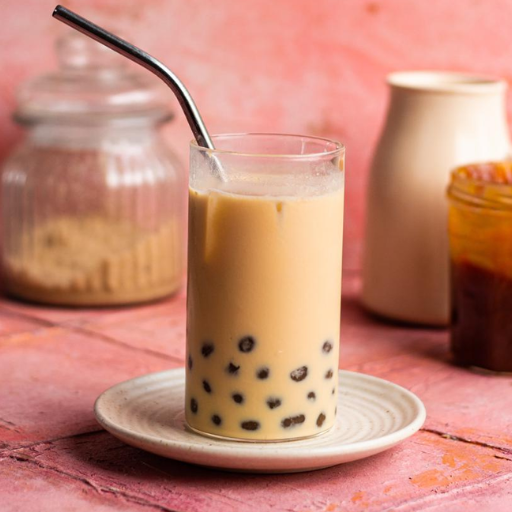
I highly recommend that when bubble tea is consumed, small sips are encouraged while chewing the tapioca pearls entirely before swallowing. If you have little to no experience with drinking pearls or have difficulty chewing, do not drink from wide straws. Children and those who have trouble swallowing should be monitored at all times. Make sure to look out for the size and texture of the pearls because it will minimize the risk of choking. Being careful and moderating what you eat will go a long way in keeping you safe while eating.
Best Practices to Swallow Without Risk
Swallowing safely requires a combination of awareness, proper technique, and controlled consumption habits. Here are the key best practices based on expert recommendations:
- Chew Thoroughly Before Swallowing
Ensure food or solids, such as tapioca pearls in bubble tea, are adequately chewed into smaller, manageable pieces. Proper chewing prevents large masses from obstructing the throat, reducing the likelihood of choking.
- Maintain an Upright Posture While Consuming
Sitting upright while eating or drinking ensures the food or liquid travels smoothly through the esophagus. For adults, a 90-degree sitting angle is recommended to facilitate proper swallowing mechanics.
- Take Small Sips or Bites
Always consume manageable portions at a time—use teaspoons for semi-solids or liquids if necessary. For bubble tea, avoid sucking up multiple pearls at once, as this increases choking hazards. A pearl size of 8–10 mm is generally safer for consumption but must be chewed fully.
- Avoid Distractions
Focus on eating or drinking without multitasking. Distractions such as talking, texting, or walking while consuming increase the risk of improper swallowing, particularly with beverages containing solid components.
- Supervise High-Risk Individuals
Children, elderly individuals, and those with swallowing disorders (dysphagia) should be supervised closely. Where applicable, modify food textures or pearl sizes. For those with dysphagia, healthcare professionals recommend soft diets or thickened liquids to aidin safe swallowing.
- Use Proper Equipment When Necessary
If straws are used, opt for narrower ones (less than 6 mm in diameter) to limit the volume of solid components like tapioca pearls entering the mouth simultaneously. Avoid using wide straws unless you are experienced with bubble tea consumption.
- Hydrate While Eating
Drinking water alongside meals can help lubricate the esophagus, promoting more effortless movement of solids and reducing the risk of food lodging in the throat.
By adhering to these practices, individuals can significantly mitigate choking risks and ensure a safer, more mindful eating or drinking experience.
The Importance of Chewing the Boba
From a health perspective, chewing boba properly is essential to consuming it safely. Proper chewing of tapioca pearls makes swallowing smoother and significantly reduces the chances of choking. Omitting this step increases the chances of choking, particularly in children as well as in people who have a tough time swallowing. Never underestimate the importance of chewing to savor the taste of bubble tea while at the same time reducing the risks that come with its intake.
Recommendations for Young Children and Elderly
Regarding young kids and older adults, site safety measures should be scrutinized when consuming bubble tea. I suggest you cut down larger straws to a smaller diameter so that multiple tapioca pearls are not taken in at once. Too much intake increases the chances of choking. Furthermore, children should be supervised while drinking bubble tea to be reminded to chew the boba before they swallow. When it comes to the elderly, check how well they can chew and swallow, as poor chewing efficacy or dysphagia may be very problematic. High-risk groups should take advice from medical specialists while considering safe consumption.
Technical Parameters:
- Straw Diameter: Straws with openings between 6 mm and 8 mm can help minimize the amount of boba consumed per sip while still allowing for practical use.
- Tapioca Pearl Size: Opt for pearls with a 6-9 mm diameter for easier chewing and swallowing.
- Supervised Intake Duration: Ensure session times do not exceed a standard rate of 20-30 ml per minute for controlled consumption and safety.
What Are the Health Concerns Beyond Choking?
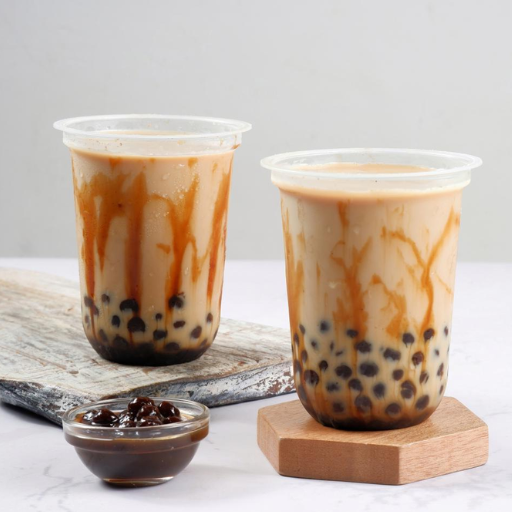
Apart from choking, other health complications may arise from excessive consumption of bubble tea, such as its elevated sugar levels, which can lead to obesity, type II diabetes, and severe dental caries. Tapioca pearls, which are hard starchy balls consumed with bubble tea, are primarily made of starch and have no nutritional value like fiber, vitamins or minerals. Moreover, overconsumption can result in bloating and constipation, especially in people sensitive to large amounts of starch. Furthermore, some preservatives and food dyes added to bubble tea can also lead to allergic reactions in sensitive persons.
Addressing Digestive Issues with Boba
As with any food, too much boba can become hard to digest. Hence, you should be careful while eating tapioca pearls as they are full of starch and can make digestion difficult. Drinking bubble tea alongside plenty of water might help alleviate constipation or bloating from the unseen side of bubble tea. People who take their bubble tea with too much sugar or syrup need to limit their intake, or their health should blend it with healthier ingredients like oats or cereals. For the ones with a softer constitution, smaller portions with alternatives like aloe vera or chia seeds will stave off any discomfort. Either way, being mindful of how much of the drink you consume will help prevent any adverse effects to your abdomen.
Understanding the Calorie and Sugar Content
In trying to understand bubble tea's calorie and sugar content, I discovered that a single serving (16 ounces) can be between 200 to 450 calories depending on the ingredients, including the type of tea, sweeteners, and toppings. The sugar content also varies; some drinks have up to 50 grams per serving. Now imagine drinking two or three servings a day. This would not only increase the caloric load but also raise concerns regarding excessive sugar consumption, which can lead to long-term diabetes or obesity. To make things worse, tapioca pearls add about 100 to 150 calories alone since they are packed with carbohydrates. To make better choices, I suggest choosing fresh fruit juices instead of sweeteners and substituting toppings with low-calorie items like grass jelly.
Potential for Constipation and Other Effects
From what I found out, people who indulge too much in bubble tea may experience constipation. That is especially the case when the drink contains many tapioca pearls. The tapioca constituents tend to be lower in fiber, a critical element for proper digestion. If they are consumed in excess, they may cause problems with regular bowel movements. In addition, constipation may be caused by insufficient fiber intake overall.
Furthermore, the high sugar content of some bubble teas can severely worsen digestive problems from dehydration, which is yet another problem that leads to constipation. My suggestion would be to drink a lot of water while consuming bubble tea and limit the number of tapioca pearls to a quarter of a cup or less. Additionally, consume more fiber sources like fruits, vegetables, and whole grains.
Are There Safer Alternatives to Traditional Boba?
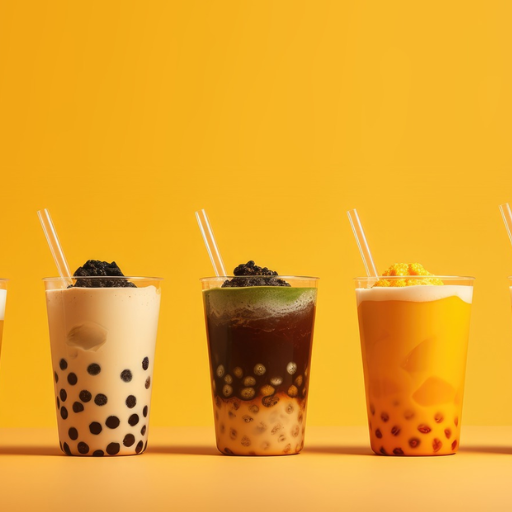
Indeed, some alternatives to regular boba would make it safer for health while still allowing people to savor bubble tea. For example, consider jelly toppings made from grass jelly or aloe vera. These are usually lower in calories and sugar than tapioca pearls. Moreover, popping boba, small spheres bursting with fruit juice, can be a lighter option, though they might have some added sugars. Besides, setting the sweetness level of the drink lower would mean less sugar and non-dairy or plant-based milk would also be healthier. Overall, these alternatives will mitigate the health issues associated with conventional boba.
Exploring Popping Boba as a Safe Option
Making popping boba is far less tedious and complicated than tapioca pearls. Their low-calorie value and the absence of potentially troublesome starches make popping boba a safer option. Locally crafted popping boba are typically made through a process of reverse spherification. This entails fruit juice and calcium chloride forming a thin gelatinous casing. This method is known for its astonishing efficiency. A tablespoon of popping boba contains an incredible 25-30 calories, unlike the typical 50-calorie tapioca pearls, making boba tea lovers rejoice.
Furthermore, popping boba allows for less chewing and thus reduces the risk of choking, which has always made parents wary of bubble tea. It is vital to mention that popping boba does tend to add sugar (typically 5-7 grams per serving), so for people with tighter eating plans, care should be exercised when consuming it. Nevertheless, if used judiciously, popping boba can enhance bubble tea immensely, making it delicious and less risky.
The Benefits of Using Different Toppings
Adding different toppings to bubble tea improves the experience of drinking it both sensory-wise and even nutritional-wise. Other toppings like aloe vera, pudding, and grass jelly have different textures and flavors that satisfy different people's preferences while complementing the base tea. For example, grass jelly is a low-calorie option that tastes mildly sweet yet earthy and has around 15 calories for every 100 grams. Aloe vera adds a slight crunch and is well known for its hydrating properties. It also has minimal calories, around 20 calories for a tablespoon. While pudding is more prosperous and creamier, it has around 50 calories for every tablespoon but provides a satisfying smoothness. A careful selection of toppings makes bubble tea both enjoyable and nutritious for people with different dietary goals. These parameters serve as guidelines: caloric requirement, flavor profile, texture, and, most importantly, personal taste.
How to Prepare Tapioca Pearls Safely at Home?
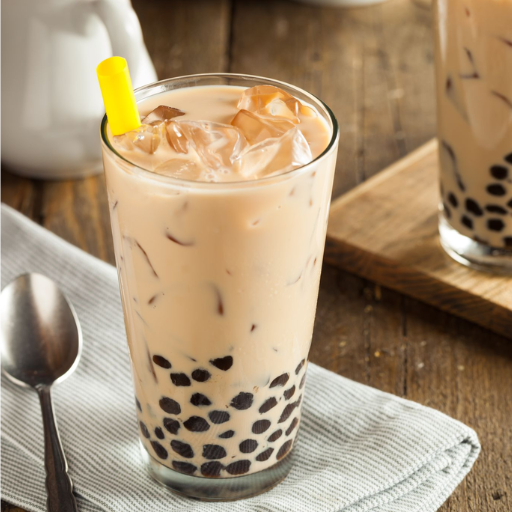
If you want to prepare tapioca pearls safely, start from home by boiling about 4-5 cups of water per cup of tapioca pearls. Once the water has started boiling, add the pearls gradually while stirring to prevent them from sticking to the sides. Decrease the heat to medium and cook them for 15-20 minutes. Ensure that you stir occasionally to ensure they cook evenly. When the pearls look translucent, remove the pot from heat and cover the pot so that the pearls can sit for another 15-20 minutes. Drain the pearls and rinse them under cold water before soaking them in a simple syrup or sugar solution to enhance the softness and sweetness. Best hygiene practices demand that utensils be cleaned and leftovers be sealed in a container and refrigerated for up to 24 hours to ensure contamination-free food.
Steps to Cook and Thoroughly Prepare Pearls
- Measure Ingredients Accurately
- Use 1 cup of tapioca pearls per 4-5 cups of water. Use precise measurements to maintain consistent cooking results.
- Boil Water
- Heat 4-5 cups of clean water in a pot until it reaches a rolling boil (212°F or 100°C). This ensures even cooking and prevents uneven texture.
- Add Tapioca Pearls Gradually
- Slowly introduce the tapioca pearls into the boiling water while stirring gently to prevent clumping or sticking.
- Cook on Medium Heat
- Reduce the heat to medium (approximately 185-200°F or 85-93°C) and simmer for 15-20 minutes. Stir occasionally to avoid the pearls adhering to the bottom of the pot. Monitor changes in color and texture for translucency.
- Allow Resting Time
- Once the pearls appear nearly translucent, remove the pot from heat, cover it, and let them rest for 15-20 minutes. This helps achieve a soft and chewy consistency.
- Rinse and Cool
- Drain the pearls immediately after resting and rinse under cold running water to halt further cooking and remove excess starch.
- Sweeten and Store
- Immerse the cooled pearls in a sugar or simple syrup to maintain softness and enhance flavor. Refrigerate any unused pearls in an airtight container for up to 24 hours, maintaining optimal food safety standards.
Adhering to these steps and parameters ensures the tapioca pearls are adequately cooked and prepared for various recipes while maximizing quality and safety.
Ensuring Safe Consumption for Young Children
Certain nutritional aspects are essential to consider to protect the health of young children consuming food and drinks. Firstly, I check for any added vitamins or minerals relevant to the child’s age and a minimal sugar inclusion. Secondly, I scan for any possible allergies or choking risks, which is far more critical. When it comes to liquids, the first precaution is to serve the drink at a temperature lower than 100F (37.8C) to avoid burns. The portion size is also modified based on the recommendations of specialist doctors in the pediatric field.References
-
Examining the Dangers of Bubble Tea Consumption for Kids - Discusses choking hazards, sugar content, and other risks.
-
Is Bubble Tea Safe for Kids? - Explores safety concerns and moderation for children.
-
Boba Tea: Is It Healthy? - Covers health aspects, including sugar content and potential risks.
Frequently Asked Questions (FAQ)
Q: Is Boba a choking hazard for children?
A: Yes, boba pearls can be a choking hazard, especially for young children. They are chewy and can accidentally get lodged in the throat if not chewed properly. It's important to supervise children during bubble tea consumption to ensure safety.Q: What are boba pearls made from?
A: Boba pearls are primarily made from tapioca starch, giving them a squishy and chewy texture. This allows them to be added to the tea as a fun and delicious component.Q: How should one consume bubble tea safely?
A: Chew the boba pearls thoroughly before swallowing them to consume bubble tea safely. This helps prevent any choking hazard and allows you to enjoy the flavor and texture fully.Q: Can bubble tea consumption lead to stomach issues?
A: Bubble tea is generally safe to consume in moderation, but excessive consumption can cause stomach discomfort due to its high sugar content and chewy boba pearls. It's always best to enjoy it in moderation and consult a doctor if you experience any issues.Q: Are there any alternatives to traditional tapioca boba?
A: Yes, some versions of bubble tea include alternatives like fruit juice balls or popping boba, which burst with flavor. These can offer a different texture and reduce the risk of choking compared to traditional tapioca boba.Q: How does the high sugar content in bubble tea affect health?
A: The high sugar content in bubble tea can contribute to various health issues if consumed excessively, including weight gain and increased risk of diabetes. Opting for boba tea with less sweetener or enjoying it less frequently can help mitigate these risks.Q: What should I do if I accidentally swallow a boba pearl without chewing?
A: If you accidentally swallow a boba pearl without chewing, try to remain calm and drink some water to help it pass smoothly through the throat. If you experience difficulty breathing or chest pain, seek medical attention immediately.Q: Why is bubble tea popular in Taiwan?
A: Bubble tea originated in Taiwan over 20 years ago and has become a staple beverage due to its unique combination of milk tea and chewy boba pearls. Its delicious taste and variety of flavor options have contributed to its popularity in Taiwan and globally.Q: Is it safe to consume bubble tea without milk?
A: You can enjoy bubble tea without milk by opting for fruit-based teas or other non-dairy versions. This can be an excellent option for those who are lactose intolerant or prefer a lighter beverage.Q: How can I ensure the quality of the bubble tea I drink?
A: To ensure the quality of your bubble tea, it's best to purchase it from reputable shops that use fresh ingredients and adhere to food safety standards. Reading customer reviews and checking top posts about bubble tea shops can also help you make an informed choice.

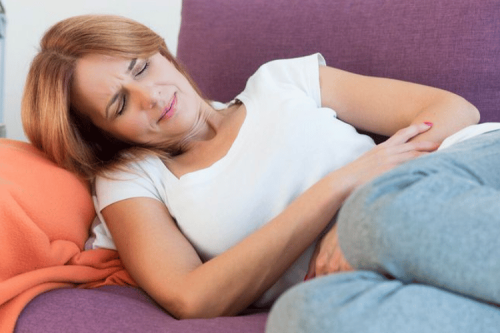
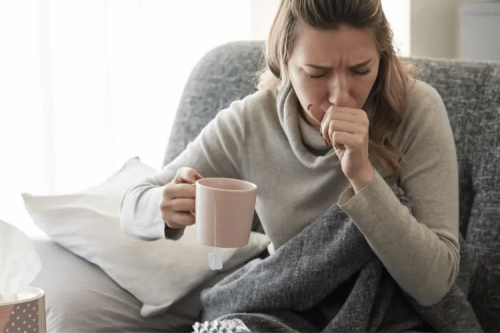

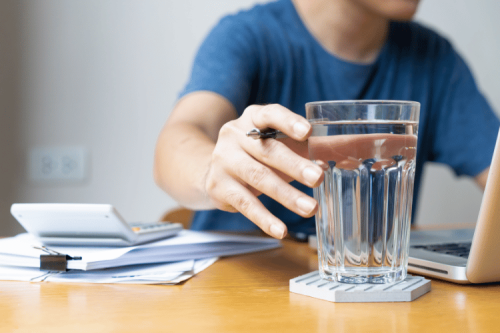
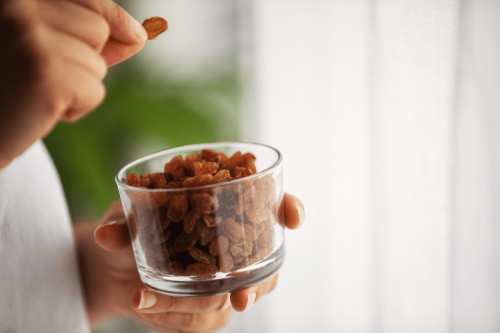

 Login with Google
Login with Google Login with Facebook
Login with Facebook